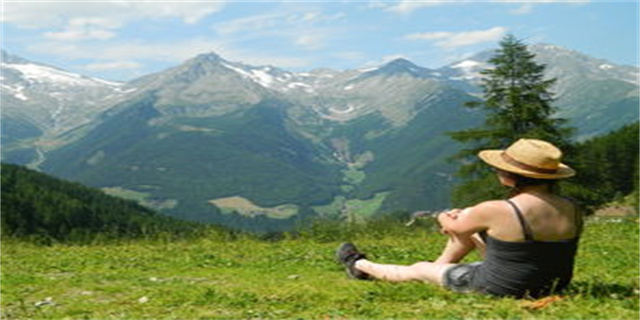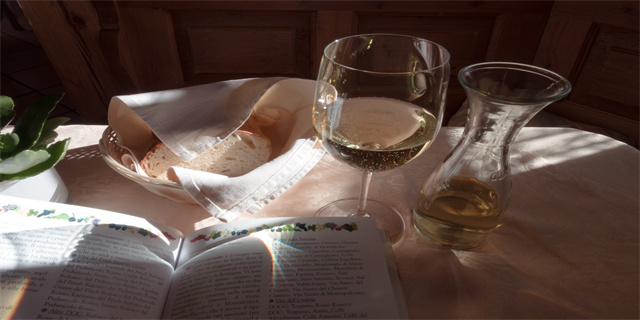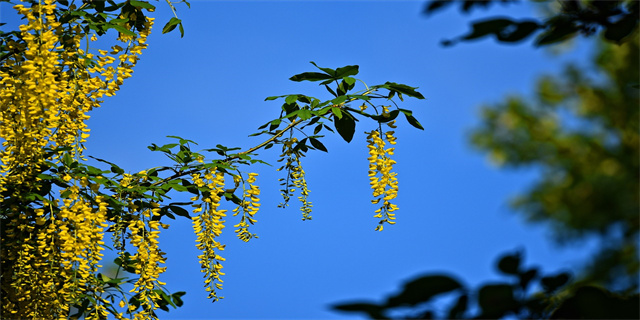最佳答案Scarecrow: A Guardian of CropsScarecrow, the iconic figure seen standing tall in fields, has been a steadfast guardian of crops for centuries. With its humble b...
Scarecrow: A Guardian of Crops
Scarecrow, the iconic figure seen standing tall in fields, has been a steadfast guardian of crops for centuries. With its humble beginnings dating back to ancient civilizations, scarecrows have played a crucial role in protecting crops from wild animals, birds, and even supernatural entities. Let's delve into the history, evolution, and significance of this fascinating agricultural guardian.
Ancient Origins
The origins of scarecrows can be traced back to ancient civilizations such as Egypt, Greece, and Rome. In these societies, farmers used various methods to guard their precious crops. One such method involved tying shiny objects onto long poles, which would sway in the wind and scare away birds. Another technique incorporated the use of noisy objects like bells or metal plates, meant to startle birds and animals. These early attempts to protect crops laid the foundation for the scarecrows we know today.
One of the earliest documented scarecrow-like figures can be found in ancient Japan. Known as \"Kuebiko,\" this deity was believed to have the role of a scarecrow, protecting the fields from both animals and evil spirits. The depiction of Kuebiko often showed a smiling straw figure with a hat and a staff, representing abundance and protection.

The Evolution of Scarecrows
As civilizations advanced, so did the methods of scaring away crop pests. During the Middle Ages, farmers in Europe began using effigies of witches or devils as scarecrows, believing that their supernatural appearance would frighten not only birds but also malevolent spirits that are believed to bring bad luck to crops. These scarecrows were often made of straw and clothed in old garments, mimicking humans in appearance. The belief in the supernatural aspect of scarecrows persisted for centuries.
With the advent of the Industrial Revolution in the 18th century, scarecrows underwent further transformation. In America, the development of agriculture led to the usage of mechanical scarecrows. These ingenious devices, often referred to as \"scarecrows on wheels,\" were equipped with rotating arms, which made loud noises and had flashing lights. This innovation heightened their effectiveness in scaring away birds, and their popularity spread across farms in the United States.

The Modern Significance
Although modern farming practices have reduced the reliance on scarecrows, they still hold a special place in agricultural traditions. Many farmers continue to use scarecrows as a visual deterrent, enhancing the aesthetics of their fields. In addition to their practical function, scarecrows have become symbols of rural life, evoking a sense of nostalgia and connection to the land.
Furthermore, scarecrows have been embraced in popular culture, appearing in literature, movies, and art. The famous scarecrow character from \"The Wizard of Oz\" is a testament to the enduring cultural significance of these agricultural guardians. They have been portrayed as wise, friendly, and even heroic figures, highlighting their positive impact on crops and the environment.

In recent years, scarecrows have also found a place in eco-friendly farming practices. Many farmers are utilizing scarecrows as a natural, non-toxic method of pest control, reducing the reliance on chemical pesticides. This sustainable approach showcases the adaptability and enduring relevance of scarecrows in a changing agricultural landscape.
Conclusion
From their humble beginnings in ancient civilizations to their continued presence in modern farming practices, scarecrows have remained steadfast guardians of crops, protecting them from harm and embracing an important cultural significance. As we appreciate the role of scarecrows in agriculture, let us remember their resilience and the enduring connection between humans and the land they cultivate.






